- Home
- slideshows
- miscellaneous
- I spent a few minutes with Apple's 3 brand-new iPhones - here are the biggest things I noticed
I spent a few minutes with Apple's 3 brand-new iPhones - here are the biggest things I noticed
The camera is going to be the main reason people buy these phones.

The camera is a noticeable part of the design, too.
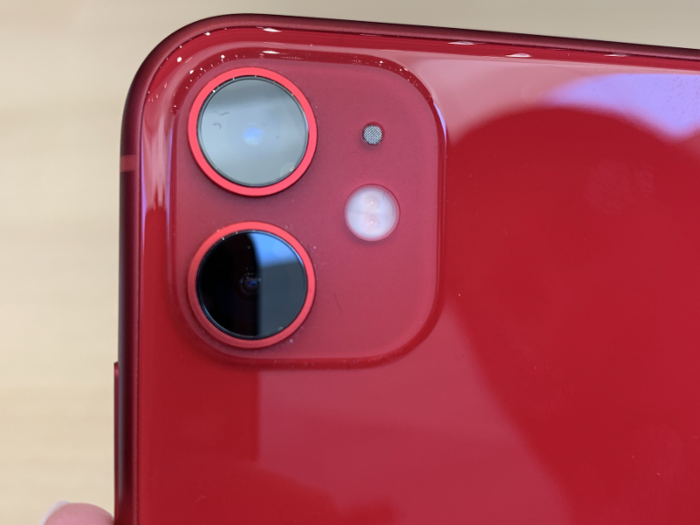
If you're ever having trouble spotting the difference between an iPhone XS and an iPhone 11, the camera sensors will be a dead giveaway. All of Apple's iPhones have a larger new cutout for the camera sensor that resembles a square with rounded edges. The camera lenses themselves are also larger than that of Apple's previous-generation iPhones.
Make no mistake: the camera is more noticeable on the iPhone 11 lineup than any iPhone, or perhaps any smartphone I've ever seen. It's definitely a departure from Apple's usually sleek and minimalist style. But it also screams that this phone is known for its cameras, which is also probably exactly what Apple wants.
The usefulness behind Apple's new ultra-wide lens isn't just about the camera, but the software that goes with it.
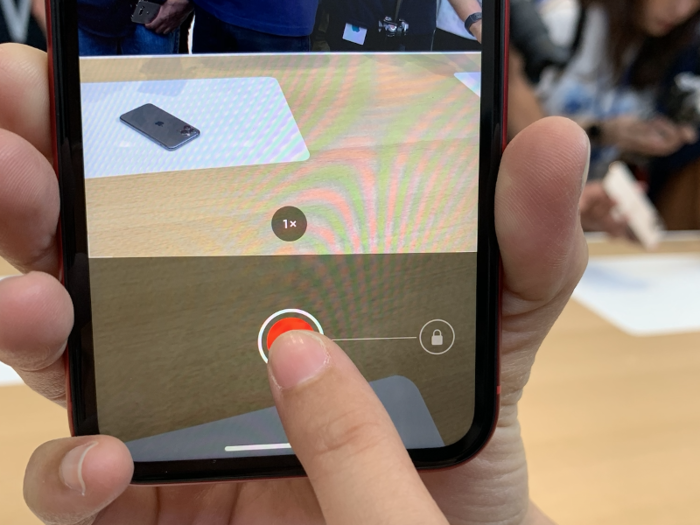
During my time using Apple's new iPhones, it was the tiny details in Apple's camera software that impressed me the most.
The camera will automatically switch to its ultra-wide-angle camera if the phone is tilted from portrait to landscape mode, for example. That's because the software assumes that you're probably trying to capture a wider shot, since you changed the phone's orientation. In my experience, this worked just about instantly with no noticeable lag.
The iPhone 11, 11 Pro, and 11 Pro Max also come with a new feature that lets you switch between camera and video mode just by holding down the shutter button. But when you do this, you'll notice that a tiny lock symbol appears to the right of the button, signaling that you should slide the button over to keep recording.
It's a subtle software flourish that feels classically Apple. It's reminiscent of the way the slide-to-unlock logo on the iPhone's old lock screen used to illuminate in the same direction in which you needed to swipe to unlock the phone, guiding you along the way.
The iPhone 11 Pro's new matte finish will probably make it easier to use your phone without a case.
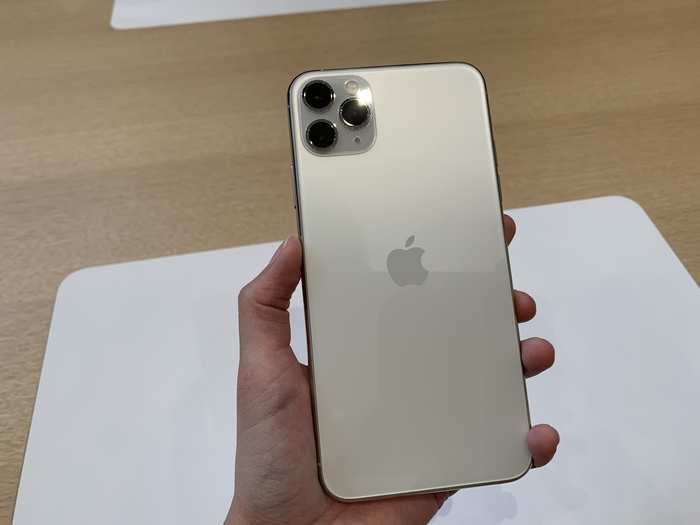
The iPhone 11 Pro and iPhone 11 Pro Max also come with a new matte finish in four colors: a new midnight green, space gray, gold, and silver.
The matte finish represents a noticeable shift from the glossy backs on Apple's iPhone XS family of smartphones. The new texture makes it easier to grip the phone, which could prevent accidental drops, and the matte look also seems like it would be less susceptible to fingerprint smudges. That could make the iPhone 11 Pro all the more tempting to use without a case, especially considering Apple claims these phones have the toughest glass ever in a smartphone.
But at the same time, the iPhone 11 Pro and 11 Pro Max are also a bit heavier than their predecessors, and you can certainly tell.
The iPhone 11 Pro's screen is brighter, and it's immediately noticeable.
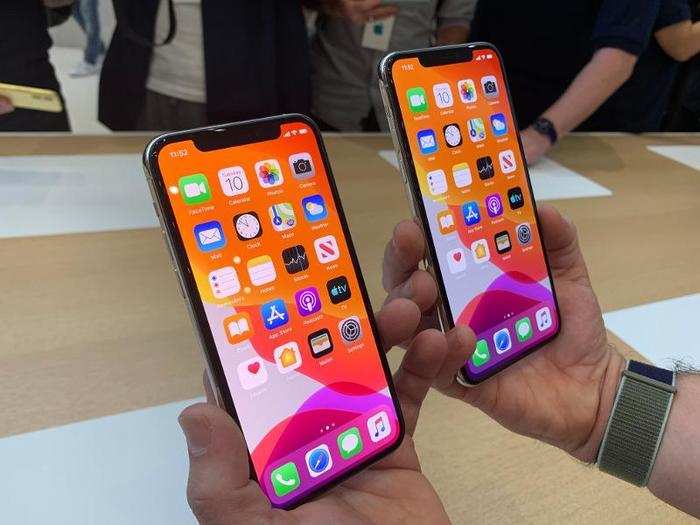
The iPhone 11 Pro and Pro Max's screen can reach 800 nits at max brightness, while the iPhone XS Max's display only reaches 625 nits. Those may just sound like arbitrary numbers to many people, but when you look at the two phones side-by-side, it becomes very noticeable. The iPhone 11 Pro Max's screen looked much brighter and punchier alongside my iPhone XS Max, which will likely make the 11 Pro Max's screen easier to view in sunny outdoor conditions.
The iPhone 11's colors will be a big draw for many people.
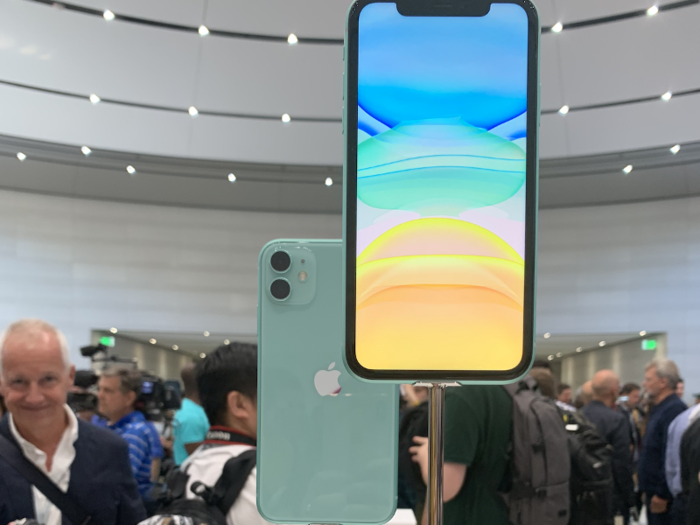
Like the iPhone XR, Apple's new iPhone 11 comes in a range of colorful choices, including purple, yellow, green, black, white, and Product Red.
But unlike the iPhone XR, the iPhone 11's colors feel more pastel-like, particularly the new purple and green choices. The finish is also glossy, unlike the iPhone 11 Pro, once again echoing the iPhone XR.
It feels like Apple learned a lot from the iPhone XR and used that to inspire the iPhone 11.
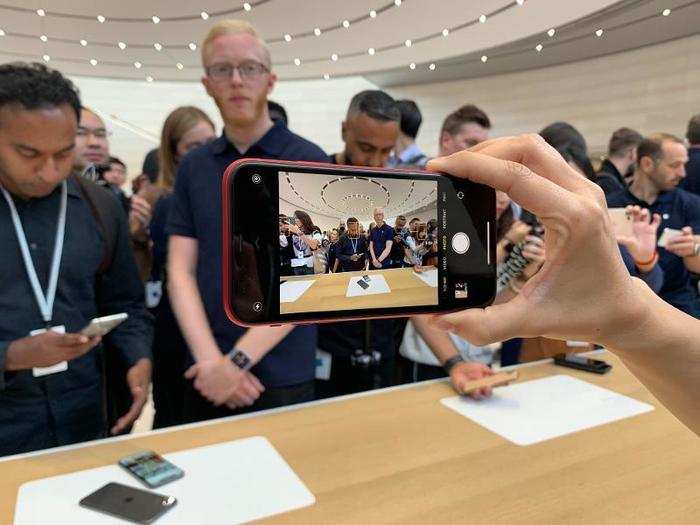
It feels like Apple is positioning the iPhone 11 as the new flagship iPhone and the iPhone 11 Pro and Pro Max as the professional-grade models aimed at power users. And given the iPhone 11's $700 price point and colorful design, there's no doubt that it feels like a successor to the iPhone XR.
That indicates Apple has learned a lot from the iPhone XR's success. For example, Consumer Intelligence Research Partners reported that nearly half of Apple's iPhone sales in the third quarter of 2019 were from the iPhone XR. That's even despite the fact that Apple was widely expected to launch new iPhones following its third quarter.
With the iPhone 11, it feels like Apple is leaning into the characteristics that made the iPhone XR successful: offering important features like a decent camera, an all-screen design, and long battery life at an affordable price point.
Instead of positioning this as a low-cost version of the flagship iPhone, it feels like this is the flagship iPhone. The Pro models, meanwhile, seem to be geared toward people that use their phones for professional photography and need longer battery life and a better OLED screen.
Popular Right Now
Popular Keywords
Advertisement